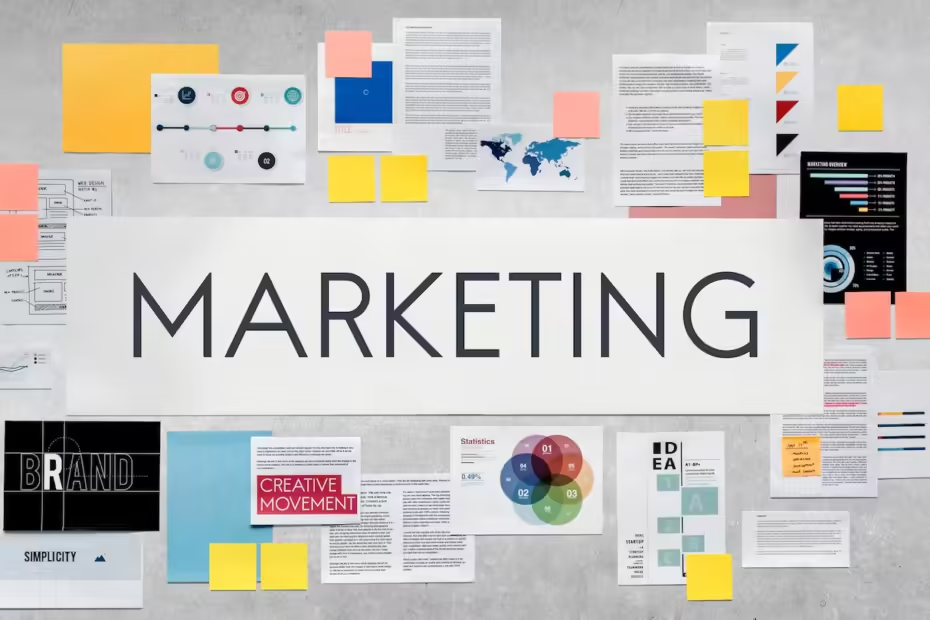Table of Contents
ToggleIntroduction
Marketing is the cornerstone of business growth. Whether you are a small business or a large enterprise, connecting with your audience is essential for success. As we move further into the digital age, two primary forms of marketing dominate the landscape: traditional marketing and digital marketing. Each has its own set of advantages, tools, and strategies.
This blog will explore both traditional and digital marketing in detail, comparing their strengths and weaknesses, and offering insights on how businesses can decide which approach works best for their needs
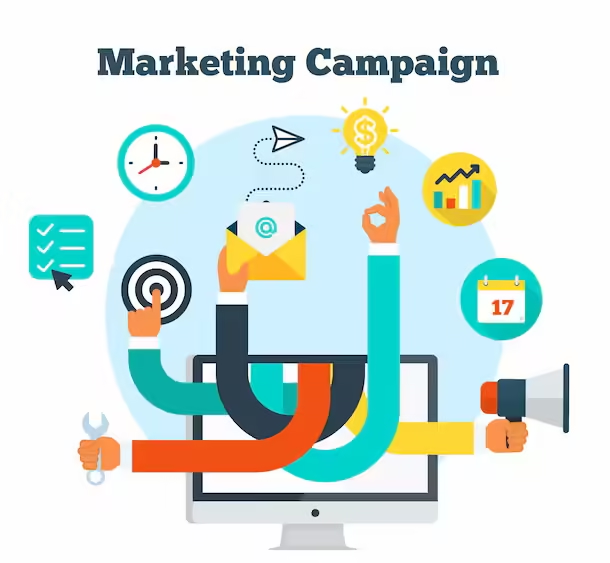
What is Traditional Marketing?
Traditional marketing refers to any type of marketing that isn’t online. This form of marketing uses channels like print media, broadcast media, direct mail, and telemarketing. Despite the rise of digital marketing, traditional marketing continues to hold significance in various industries.
Common Channels of Traditional Marketing
- Print Advertising: This includes newspapers, magazines, brochures, and posters.
- Broadcast Advertising: Television and radio commercials fall into this category.
- Outdoor Advertising: Billboards, banners, and transit ads.
- Direct Mail: Sending physical marketing materials like postcards and catalogs to potential customers.
- Telemarketing: Reaching customers via phone calls for product or service promotion.
Benefits of Traditional Marketing
- Broad Audience Reach: Traditional marketing, especially through TV, radio, and print, reaches a wide audience.
- Memorable Impact: Tangible ads like print materials tend to leave a lasting impression because customers can hold them in their hands.
- Local Targeting: Traditional marketing is often more effective for reaching a local audience, such as through local radio, newspapers, and billboards.
What is Digital Marketing?
Digital marketing refers to any form of marketing that takes place online. It includes a variety of tactics and channels, from social media to email marketing, and allows businesses to engage directly with consumers in real time.
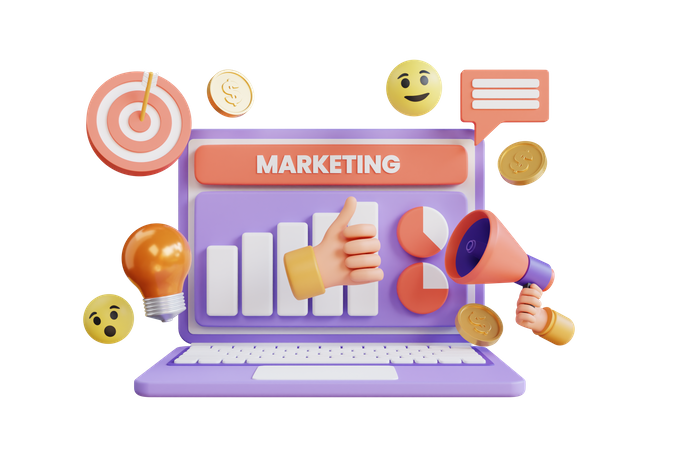
Common Channels of Digital Marketing
- Search Engine Optimization (SEO): Optimizing your website to rank higher in search engine results.
- Pay-Per-Click (PPC) Advertising: Paid ads that appear on search engines or social media.
- Social Media Marketing: Engaging with users on platforms like Facebook, Instagram, LinkedIn, and Twitter.
- Content Marketing: Creating valuable content (blogs, videos, infographics) to attract and retain a target audience.
- Email Marketing: Sending targeted email campaigns to engage and convert leads.
- Affiliate Marketing: Rewarding affiliates for bringing in traffic or sales through their marketing efforts.
Benefits of Digital Marketing
- Global Reach: Digital marketing can reach a global audience with the same effort that would take a traditional campaign to reach a local audience.
- Measurable Results: Every aspect of a digital marketing campaign is trackable, from website traffic to conversions.
- Precise Targeting: Marketers can target specific demographics, behaviors, and interests with great precision.
- Cost-Effectiveness: Digital marketing is often more affordable than traditional marketing, especially for small businesses with limited budgets.
- Two-Way Communication: Unlike traditional marketing, digital marketing allows businesses to engage directly with their audience through social media, comments, and emails.
Key Differences Between Traditional Marketing and Digital Marketing
1. Reach and Accessibility
Traditional Marketing tends to have a broad reach, especially in channels like television and radio. However, the audience is less targeted, and there is no direct way to measure how many people see or respond to the advertisement.
In contrast, Digital Marketing allows for precise targeting. Businesses can reach niche audiences, including specific demographics, locations, interests, and behaviors. It also provides the opportunity for global outreach, making it especially powerful for eCommerce businesses and those with digital products.
2. Engagement and Interaction
Traditional marketing is generally one-way communication. You place an ad on a billboard or in a magazine, and the consumer absorbs the message passively. There’s no immediate interaction between the brand and the consumer.
With Digital Marketing, engagement is much higher. Social media platforms, email, and even ads offer businesses a way to interact directly with their audience. Consumers can respond, share, comment, and engage in real time. This two-way communication builds stronger customer relationships and enhances brand loyalty.
3. Cost-Effectiveness
Traditional Marketing campaigns, such as TV and print ads, often require significant investment in production and distribution. For example, TV ads can cost thousands to produce and air. Likewise, billboards and print ads in major publications can be expensive.
Digital Marketing, on the other hand, is more accessible to businesses of all sizes. Platforms like Google Ads and Facebook Ads allow businesses to start campaigns with smaller budgets. Content marketing through blogs, videos, and SEO also provides long-term ROI with minimal upfront investment.
4. Analytics and Measurability
One of the biggest advantages of Digital Marketing is the ability to measure almost every aspect of a campaign. Tools like Google Analytics and social media insights allow businesses to track clicks, engagement, conversions, and even customer behavior in real time. This enables marketers to adjust their strategies for better performance.
In contrast, Traditional Marketing is harder to measure. You can estimate how many people watched a TV commercial or read a newspaper ad, but there’s no way to know exactly who engaged with it or if it led to a conversion.
6. Longevity
A Traditional Marketing ad, like a TV commercial or a newspaper print, is time-bound. Once it airs or prints, it cannot be reused in the same form without incurring additional costs.
Digital Marketing, however, is evergreen. A blog post, video, or social media post can continue to attract traffic and engagement for years after it has been published. SEO content, in particular, can provide long-term value, driving organic traffic to a website well beyond the initial publishing date.
When to Use Traditional Marketing vs. Digital Marketing
When to Use Traditional Marketing
- Local Reach: If your business operates in a specific geographic area and caters to a local audience, traditional marketing methods like local newspaper ads, radio spots, and billboards may be more effective.
- Building Brand Awareness: Big brands often use traditional marketing to build mass awareness. For instance, a Super Bowl ad may cost millions, but it reaches a vast audience and creates buzz.
For Target Demographics: If your target audience consists primarily of older generations who consume more TV, radio, or print media, traditional marketing might be a better fit.
When to Use Digital Marketing
- Targeting Specific Audiences: If your business caters to a specific demographic, behaviour, or interest, digital marketing is ideal. You can target highly specific groups of people based on their age, interests, or online behaviours.
- Real-Time Engagement: Digital marketing is perfect for businesses that want to engage with their customers in real-time through social media, chat, and email.
- Measurable and Optimizable: If you need to track the performance of your campaigns closely and make changes on the go, digital marketing’s analytics capabilities make it the better choice.
Limited Budgets: For small businesses and startups with limited marketing budgets, digital marketing provides a more cost-effective option with a higher ROI potential.
Integrating Traditional and Digital Marketing for Maximum Impact
Instead of choosing one over the other, many businesses find success in blending traditional and digital marketing. Here’s how to integrate the two
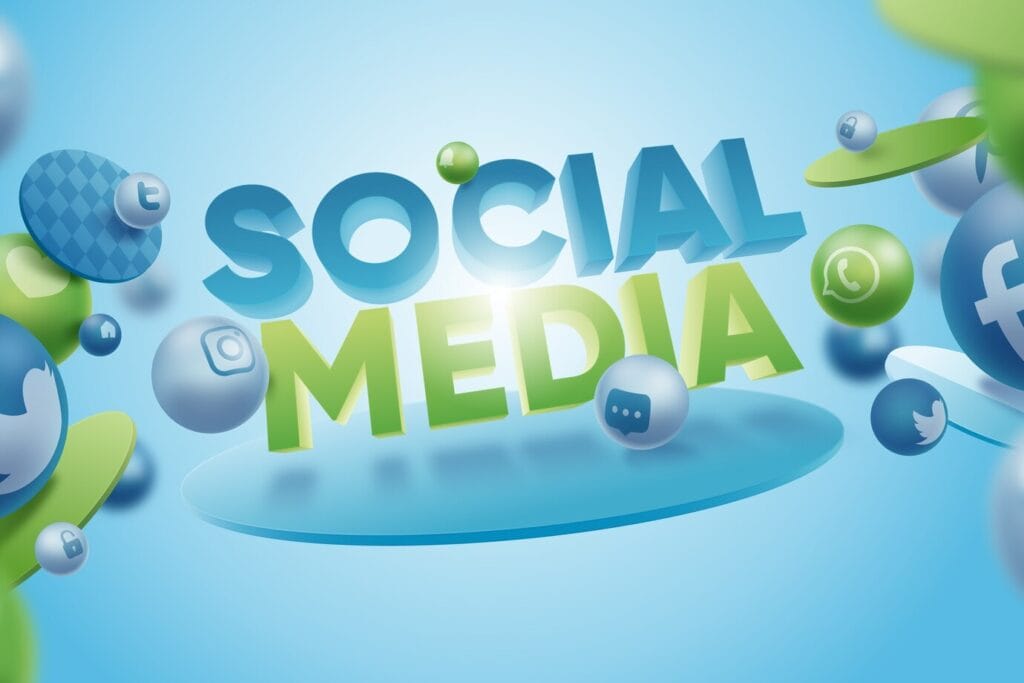
1. TV Ads and Social Media
Combine the broad reach of TV ads with the targeting and engagement power of social media. For example, you can run a TV ad to build brand awareness and use social media campaigns to drive deeper engagement.
2. Print Ads and Digital Coupons
Place a print ad in a local newspaper or magazine that directs people to a digital coupon or online exclusive deal. This creates a seamless connection between traditional and digital channels.

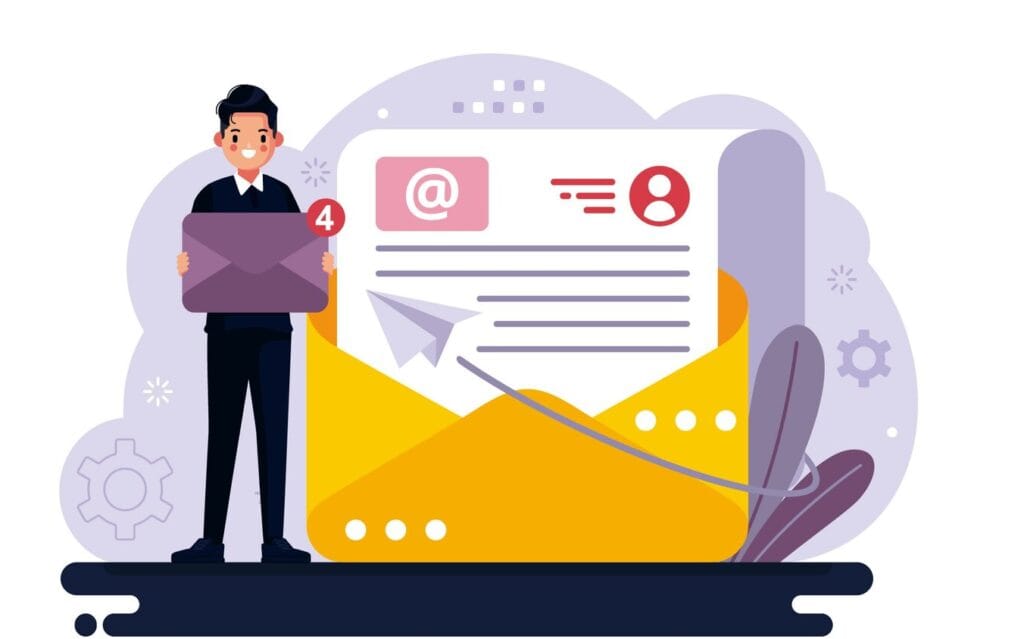
3. Direct Mail and Email Marketing
Send physical postcards or catalogues with a call to action that directs recipients to a landing page or website. You can follow up with personalised email campaigns based on user behaviour on your website.
4. Event Marketing with Digital Promotion
If your business hosts a live event, you can use digital marketing tools like Facebook Events, Google Ads, and email newsletters to promote the event to a targeted audience. During the event, live-tweet updates or stream parts of the event to engage digital audiences.

Future of Traditional and Digital Marketing
As we look toward 2024 and beyond, digital marketing will continue to grow and evolve with the rise of AI, machine learning, and new social media platforms. However, traditional marketing still holds a place, particularly for businesses that want to reach a broad or local audience.
The future will likely see more integration between traditional and digital strategies, with companies using both to maximise reach, engagement, and ROI.
Both traditional and digital marketing have their unique advantages. The right choice depends on your target audience, budget, and business goals. By understanding the
strengths of each and exploring ways to integrate them, businesses can create comprehensive marketing strategies that drive results both offline and online.
For most modern businesses, the smart choice is to combine traditional and digital marketing to ensure the broadest reach, highest engagement, and best return on investment.

